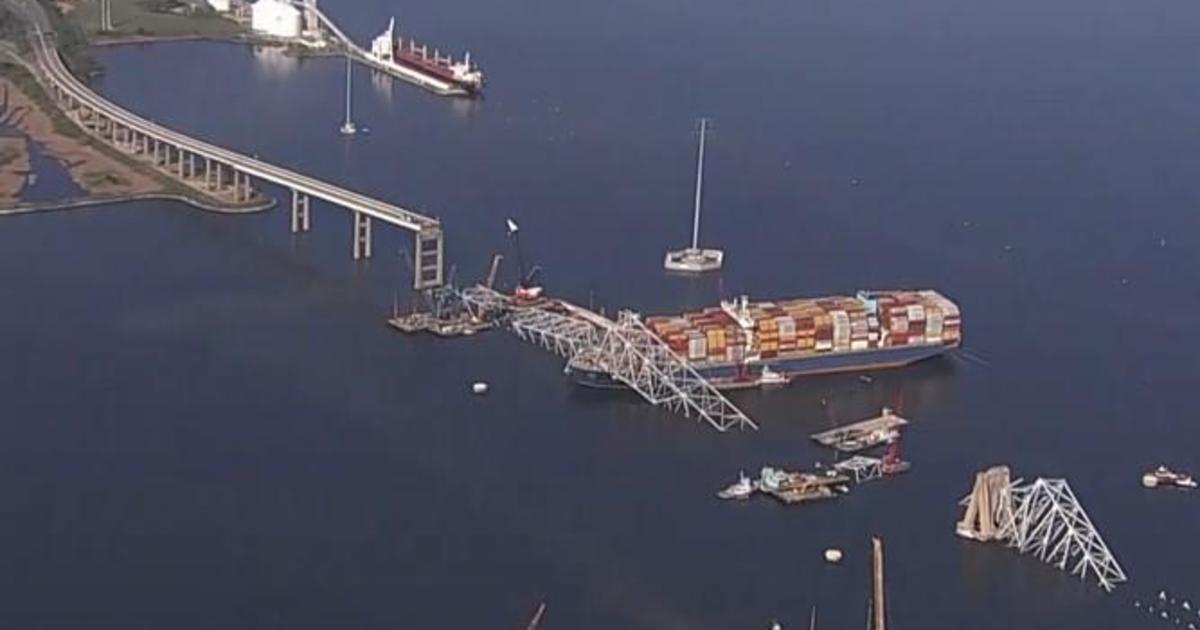Maryland, Virginia Plan To Rebuild American Legion Bridge To Help Capital Beltway Traffic
WASHINGTON (WJZ) — The governors of Maryland and Virginia have announced plans to rebuild and widen the American Legion Bridge, which connects the two states.
The project aims to relieve congestion and end the gridlock between the two areas. The Capital Beltway serves as a huge commuter route daily for those working in Washington D.C., Maryland and Virginia.
Maryland Gov. Larry Hogan called the agreement a "once-in-a-generation achievement for the capital region," and said the two states are building a "foundation for even greater economic growth,"
"Maryland will take the lead and be responsible for the construction of the new American Legion Bridge, and Virginia will contribute to the overall project nearly half of that cost," Gov. Hogan said.
The project is expected to cut commuting time in half for many travelers, and the plan claims it will reduce congestion in the regular lanes by 25 percent, provide 40 percent more lane capacity over the old bridge and also have bicycle and pedestrian paths along the Potomac River.
Virginia Gov. Northam said the new bridge is about "helping people see their families more, grow their businesses and further unlock the region's vast economic potential,"
The project is set to replace existing lanes in each direction across the Potomac River and add two new Express Lanes in each direction for three miles between the George Washington Memorial Parkway in Virginia to the vicinity of River Road in Maryland.
"The result will be less traffic, more peace of mind, cleaner air and a better quality of life for hundreds of thousands of residents and commuters for decades to come," Gov. Hogan said.
New bike and pedestrian paths will connect trails on both sides of the Potomac River.
Officials said the bridge has been operating beyond its capacity for nearly four decades. Daily traffic has grown 390 percent since the bridge opened in 1962, with 235,000 vehicles using it daily.
More than 40 percent of the region goes through this area of the Capital Beltway, and the region is set to grow by another 1.2 million people by 2040.



